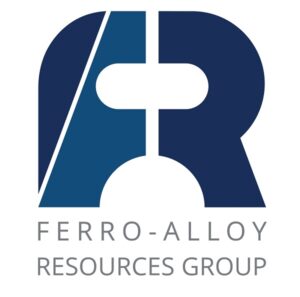Vanadium’s story began in 1801 when del Rio first discovered the element. Unfortunately, his discovery was dismissed by a French chemist, who incorrectly claimed it was merely impure chromium. Trusting this assessment, del Rio accepted the conclusion and set aside his findings. Nearly 30 years later, in 1830, Sefstrom rediscovered the element and chose to name it after Vanadis, a Scandinavian goddess, inspired by the colourful compounds the element forms. It wasn’t until 1867 that Roscoe succeeded in isolating pure vanadium by reducing its chloride with hydrogen. However, achieving vanadium at a purity of 99.3% to 99.8% took another 60 years.
Vanadium is found in a range of about 54 different minerals, including phosphate rock, certain iron ores, some crude oils, and even meteorites. Some key minerals containing vanadium include carnotite, roscoelite, vanadinite, and patronite. In its natural form, vanadium consists primarily of two isotopes: V51, which makes up 99.74% of the total, and V50, which is slightly radioactive with a very long half-life.
The commercial production of vanadium involves reducing vanadium trichloride with magnesium metal, or a combination of magnesium and sodium, or through calcium reduction of V2O5 in a pressurised environment. While vanadium offers many useful properties, it is toxic, and careful handling is essential to avoid potential health risks.
In its pure form, vanadium has a bright white appearance, is soft and ductile, and possesses good structural strength. It resists corrosion from alkalis, sulphuric acid, hydrochloric acid, and salt water. However, vanadium readily oxidises at temperatures above 660°C. It is also notable for its low fission neutron cross-section, making it valuable in nuclear applications.
One of vanadium’s most critical uses is as an additive in steel, with approximately 80% of all vanadium being used in ferrovanadium, a steel additive. This improves the production of rust-resistant, spring, and high-speed tool steels, and stabilises carbides in the process. Vanadium foil is also employed to bond titanium to steel.
Beyond steel, vanadium compounds have a variety of uses. Vanadium pentoxide serves as a catalyst in the ceramics industry, is used as a mordant in fabric dyeing and printing, and plays a role in the production of aniline black, a synthetic dye.
Vanadium is an element with a rich history and diverse applications. From strengthening steel to its role in nuclear technology, its properties have proven invaluable across a range of industries.
Ferro-Alloy Resources Ltd (LON:FAR) is developing the giant Balasausqandiq vanadium deposit in Kyzylordinskaya oblast of southern Kazakhstan. The ore at this deposit is unlike that of nearly all other primary vanadium deposits and is capable of being treated by a much lower cost process.


